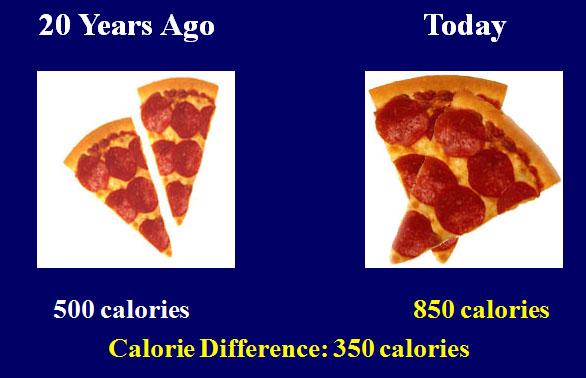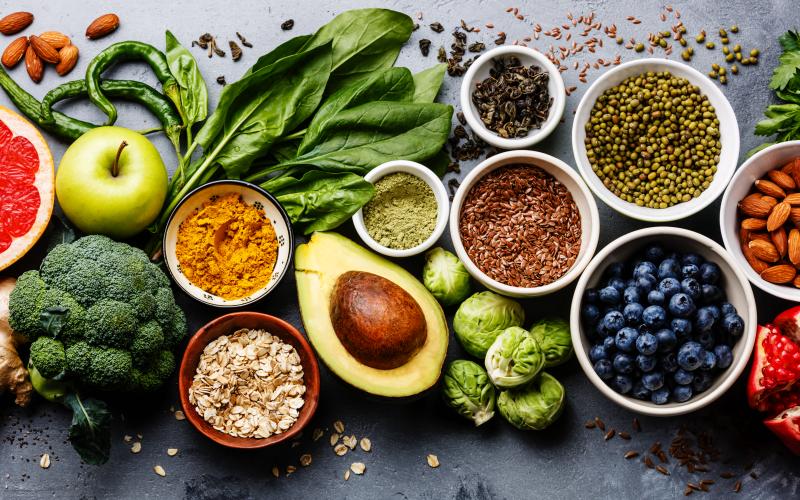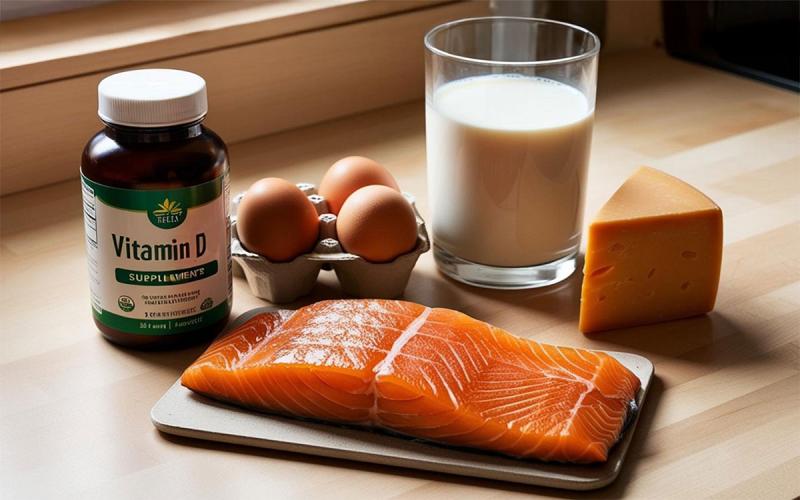
Originally written by Nikki Prosch, former SDSU Extension Health & Physical Activity Field Specialist.
Bigger is better, right? No, not necessarily, especially when discussing portions of your food. Today large portions of food are everywhere, and during the last 30 years portion size of food eaten at home and away from home have increased significantly. You can order as big as a 64 oz. of soda at restaurants, and super-size your meal to a multiple serving food item. Consuming large food portions can lead to weight gain, unhealthy eating habits and overeating. Further, with increased weight there can be increased health problems.
So what is the difference between a serving and a portion? A serving is a standard amount of food used for referencing how much food to eat. Servings are listed on Nutrition Facts Labels on packaged food, and are also used for the recommendations for MyPlate and the Dietary Guidelines for Americans. Differently, a portion is the amount of food you choose to eat; it may vary by meal and snack depending on hunger level and appetite, and of course portions can be larger than the suggested serving.
Understanding Portion Sizes
The MyPlate guidelines give food group recommendations by cups and ounces, but visualizing what these amounts look like can be tricky. Thus, to help correctly select proper portions sizes, follow the information offered below.
Cups
Cup: A measurement unit used to define recommended servings for fruits, vegetables and dairy foods:
1 cup of Vegetables:
- 2 cups of raw, leafy vegetables
- 1 cup cooked or raw
- 1 cup of vegetable juice
1 cup of Fruit:
- 1 small apple
- 1 medium pear
- 1 cup canned or chopped fruit
- 1 cup of fruit juice
- ½ cup dried fruit
1 cup of Dairy:
- 1 cup of milk or yogurt
- 8 fluid ounces of yogurt
- 1 ½ ounces of natural cheese
- 2 ounces of processed cheese
Ounces
Ounce: A measurement unit used to define the recommended servings for grain and protein foods:
1 ounce of Grains:
- 1 regular slice of bread
- 1 cup of ready-to-eat flake cereal
- ½ cup cooked cereal, rice, or pasta
- ¼ bagel or 1 mini bagel
1 ounce of Protein:
- 1 ounce cooked lean meat, poultry, or fish
- ¼ cup of cooked dry beans or tofu
- 1 egg
- 1 tbsp. of peanut butter
Visually, one cup is equal to approximately the size of two hands cupped and 3 ounces is approximately the size of the palm of your hand or a deck of cards. To get a good visual and review how portion sizes have changed in the past 20 years, take the Portion Distortion Quiz found on the National Heart, Lung and Blood Institute website.


